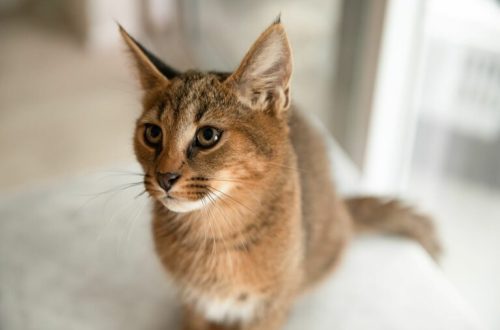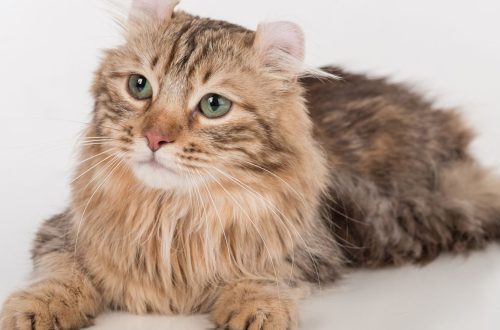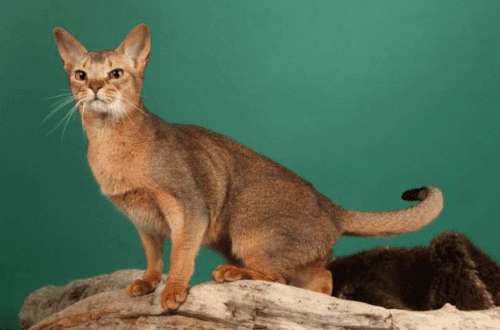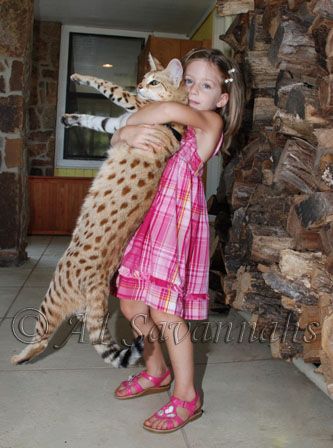
Ashera (Savannah)
Other names: Asher
Savannah is a hybrid American cat of an exotic cheetah color, topping the list of the most expensive pets.
Contents
- Characteristics of Ashera (Savannah)
- Ashera Basic moments
- History of the Savannah breed
- Who are Ashers
- Video: Savannah (Ashera)
- Savannah Appearance
- The nature of the Savannah / Ashera cat
- Education and training
- Savannah Care and maintenance
- Ashera Feeding
- knitting
- Savannah/Ashera Health and Disease
- How to choose an Ashera kitten
- Photo of savannah kittens
- How much does savannah (Ashera) cost
Characteristics of Ashera (Savannah)
| Country of origin | USA |
| Wool type | Shorthair |
| Height | up to 50 cm |
| Weight | 5–14 kg |
| Age | 16–18 years old |
Ashera Basic moments
- Savannahs are classified as hybrid animals obtained by crossing a male African serval with a Bengal cat.
- The main character trait of the savannas is exceptional devotion to the owner, which makes them very similar to dogs.
- Cats of this species are distinguished by a phenomenal memory, a lively mind and a passion for an active lifestyle.
- Savannahs are able to coexist peacefully in the same territory with other animals, but they prefer to build friendly relations with dogs.
- Savannahs suffer from loneliness and will not take root in apartments with a shortage of free space.
- They easily get used to the harness, which makes it possible to walk the cat on a leash.
- In 2007, a new breed of Ashera was introduced, which actually turned out to be a representative of the Savannah breed. This has created a bit of confusion, due to which many consider the Ashera to be a separate breed.
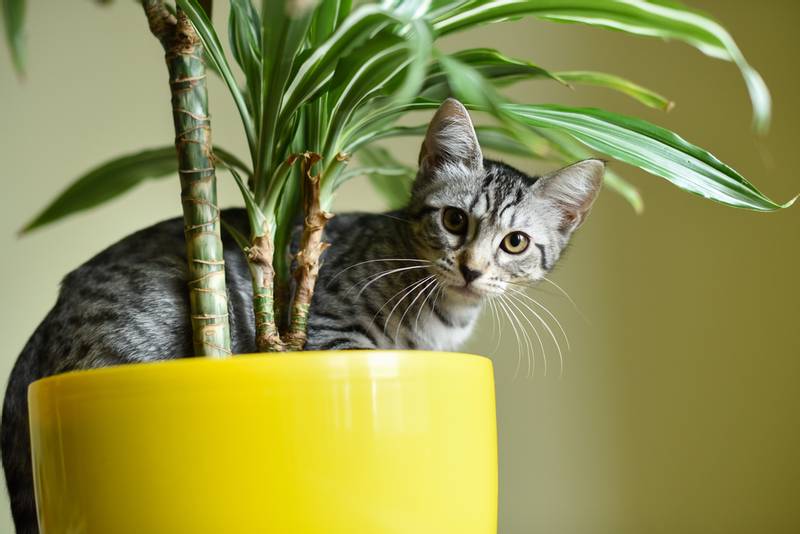
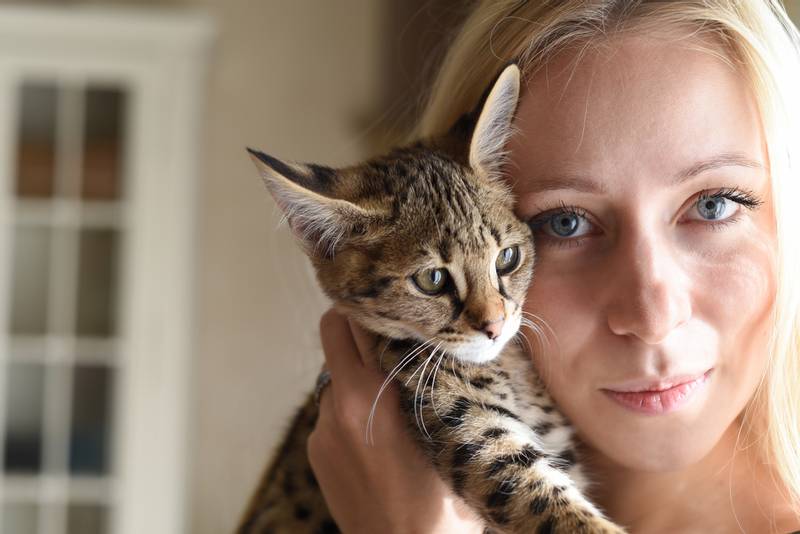
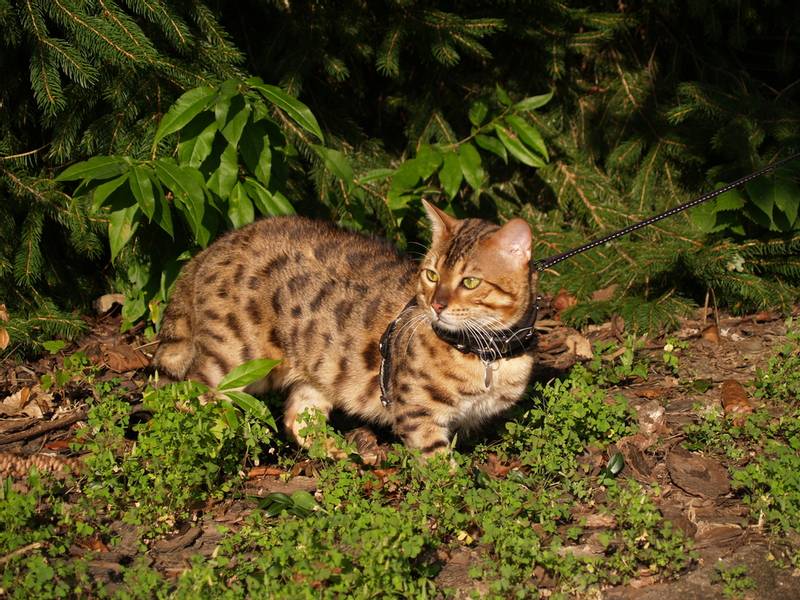
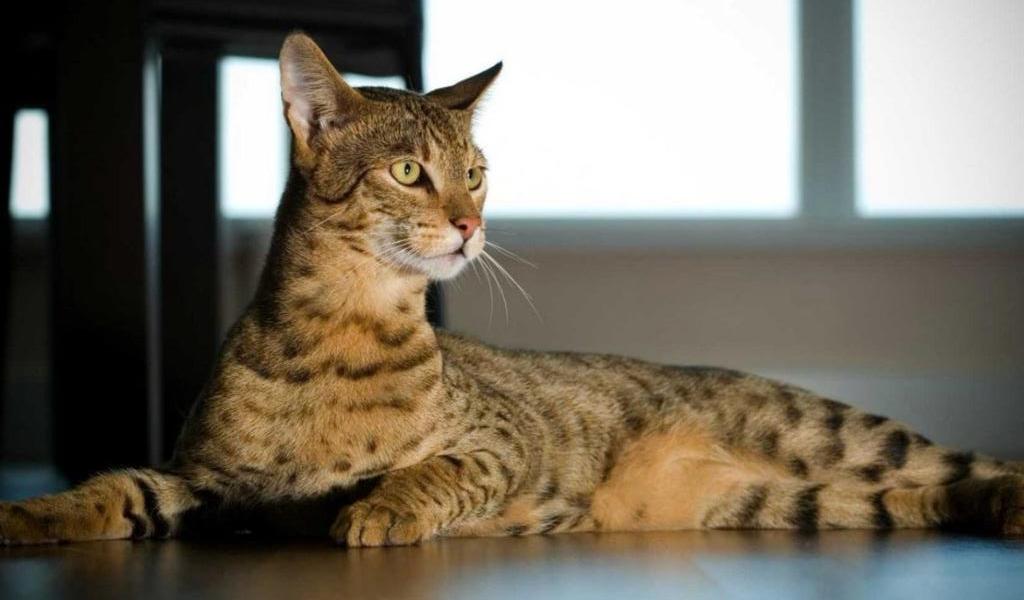
Savannah , aka Ashera , is a smaller copy of a cheetah with remarkable intelligence, with a price tag equivalent to the cost of a one-room apartment in the province. In the early 2000s, these representatives of the feline elite were at the epicenter of a grandiose scandal, which did not affect their value at all. A domestic pet of the Savannah breed still remains a kind of indicator of prestige and a measure of the success of its owner, so you can rarely meet a spotted cat proudly walking on a leash on the Russian streets.
History of the Savannah breed
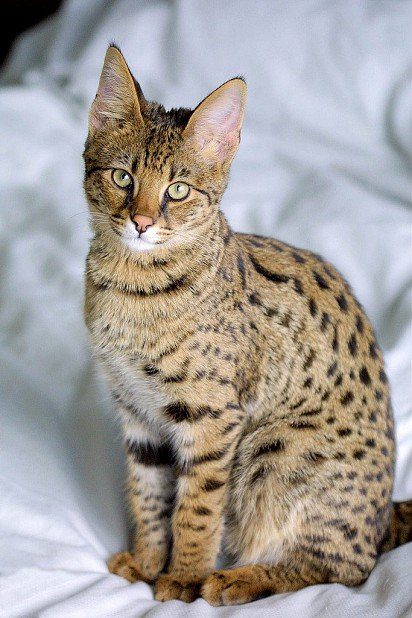
The first experiment on crossing an African Serval with a Siamese cat took place in 1986, on the farm of Pennsylvania breeder Judy Frank. The woman has been breeding bush cats for a long time, therefore, in order to “refresh the blood” of the pets, she borrowed a male serval from her friend Susie Woods. The animal successfully coped with the task, but the unexpected happened: together with the females of its own species, the serval managed to cover the breeder’s domestic cat.
Susie Woods became the owner of the only female kitten that was born as a result of this unusual “love affair”. It was she who gave the animal the nickname Savannah, which later became the name of the breed of new hybrid cats. By the way, Susie herself was not a professional breeder, which did not prevent her from further experimenting with mating her pet with a domestic cat and publishing a couple of articles on this topic.
The main contribution to the development of the Savannah breed was made by Patrick Kelly, who bought a kitten from Susie Woods and attracted an experienced breeder and Bengal breeder , Joyce Srouf, to breed new cats. Already in 1996, Kelly and Srouf introduced TICA (International Cat Association) new unusual cheetah-colored animals. They also developed the first standard for the appearance of savannahs.
In 2001, the breed was officially registered and finally received recognition from the largest felinological associations, and the breeder Joyce Srouf gained worldwide fame as the founder of an elite cat “clan”.
Who are Ashers
Ashera cats are an exclusively promotional product that has not yet been recognized by any felinological association. In 2007, the American company Lifestyle Pets presented the world with giant leopard cats, allegedly born as a result of complex genetic experiments. According to the owner of the company, Simon Brody, the domestic cat, the African serval and the Asian leopard cat gave their genes to the new breed. Well, the main selling legend of Asher was their complete hypoallergenicity.
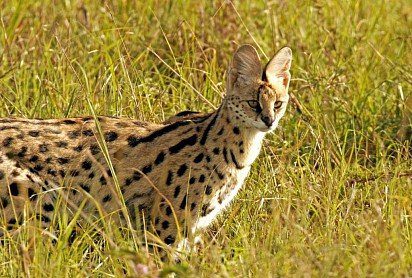
To give customers confidence in the exclusivity of their product, Brody even paid for a scientific study, which was supposed to confirm the hypothesis that Usher wool contains a minimum amount of allergens. By the way, the results of the experiment were never published by any self-respecting publication, and indeed turned out to be fictitious, but at the very beginning of the popularization of the breed, these pseudoscientific studies made cats a good advertisement. Ushers were immediately followed by a line of wealthy breeders and exotic lovers who took their money to Lifestyle Pets in the hope of becoming the owner of an amazing animal.
The general euphoria did not last long. The myth of unique fashion cats bred in the secret laboratories of Lifestyle Pets was dispelled by Pennsylvania breeder Chris Shirk. The breeder issued a statement that company employees purchased several Savannah cats from him, after which they presented them as a completely new species. The hype around Asher flared up with renewed vigor, as a result, independent geneticists from the Netherlands took up the furry creatures.
The result of the research was stunning: all the animals purchased from Lifestyle Pets agents were indeed Savannahs. Moreover, VIP cats turned out to be carriers of the same amount of allergens as their outbred relatives. Incontrovertible evidence of cheating by the Lifestyle Pets and Simon Brody was the beginning of the end for a non-existent breed, but did not affect the popularity of the Savannahs themselves.
The name “ashera” is borrowed from West Semitic mythology and is consonant with the name of the goddess, personifying the natural principle.
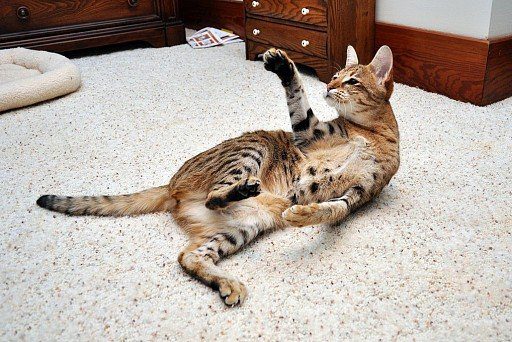

Video: Savannah (Ashera)
Savannah Appearance
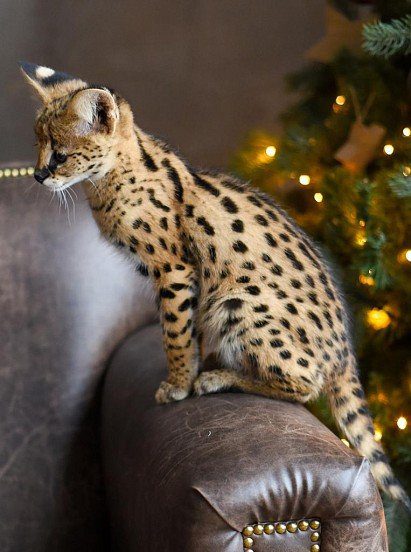
Savannahs are large-sized creatures: the animal’s body length can reach up to 1 m, and its weight can reach 14 kg. For Ashera, the standard of appearance has not been formed, since modern felinological associations refuse to recognize them as an independent breed. Accordingly, in order to establish an animal’s belonging to the Asher clan, today’s breeders have to use the standard approved at one time for savannahs.
Head
Small, wedge-shaped, noticeably elongated forward. Cheeks and cheekbones do not stand out. The transition from the muzzle to the forehead is almost straight.
Ashera Nose
The bridge of the nose is wide, the nose and lobe are large, convex. In animals of black color, the color of the nose leather matches the shade of the coat. In tabby-colored individuals, the earlobe can be red, brown and black with a pinkish-red line in the central part.
Eyes
Savannah’s eyes are large, set obliquely and moderately deep, with almond-shaped lower eyelids. There are tear-shaped marks in the corners of the eyes. The shades of the iris do not depend on the color of the animal and can vary from golden to rich green.
Ashera Ears
Large, with a deep funnel, set high. The distance between the ears is minimal, the tip of the auricle is rounded. The inner part of the funnel is pubescent, but the hair in this zone is short and does not protrude beyond the boundaries of the ear. It is desirable to have light markings on the outer side of the funnel.
Neck
Graceful, moderately wide and long.
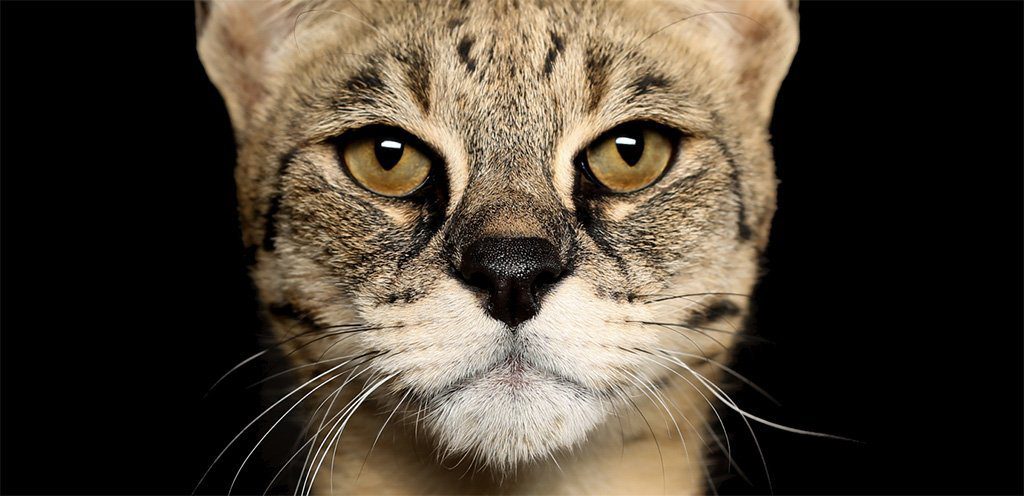
Body
The body of the Savannah is athletic, graceful, with an excellently developed muscular corset. The chest is wide. The pelvic area is much narrower than the shoulder.
limbs
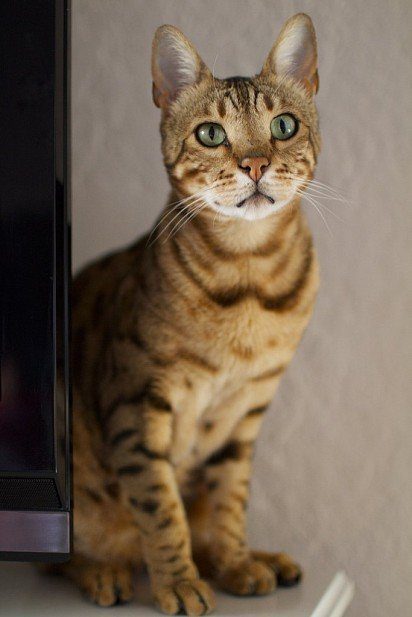
Muscular and very long. Hips and shoulders of the extended form with the developed muscles. The paws are oval, the front paws are noticeably shorter than the hind ones. The fingers are massive, the claws are large, hard.
Tail
The Savannah tail is of medium thickness and length, slightly tapering from the base to the end and reaching the hock. Ideally, it should have a bright color.
Wool
Short or medium length. The undercoat is soft but dense. The guard hair is hard, coarse, and has a softer structure in the places where the spotted “print” is located.
Color
There are four main colors of the Savannah: brown tabby spotted, black smoky, black and silver spotted. The reference shade of the spots is from dark brown to black. The shape of the spots is oval, slightly elongated, the contour is clear, graphic. The spots in the area of the chest, legs and head are smaller than in the area of the back. Be sure to have parallel contrasting stripes in the direction from the back of the head to the shoulder blades.
Since savannahs are a hybrid breed, the external data of individuals directly depend on which generation the animal belongs to. So, for example, F1 hybrids are larger and very similar to servals. Representatives of the second generation are noticeably smaller, since they got only 29% of the blood of a wild ancestor.
Hybrid Savannah/Usher Offspring Levels
- F1 – individuals born as a result of crossing an African serval and a domestic cat, combining an equal ratio of “wild” and “domestic” genes.
- F2 – offspring obtained from an F1 cat and a domestic cat.
- F3 – kittens born from an F2 female and a male domestic cat. The percentage of serval genes in representatives of this generation is about 13%.
- F4, F5 – individuals born as a result of mating an F3 hybrid and an ordinary cat. Kittens of this generation are not much different from ordinary domestic cats. The wild essence in them is given out only by the leopard color, and some “oddities” of character, typical of the savannas.
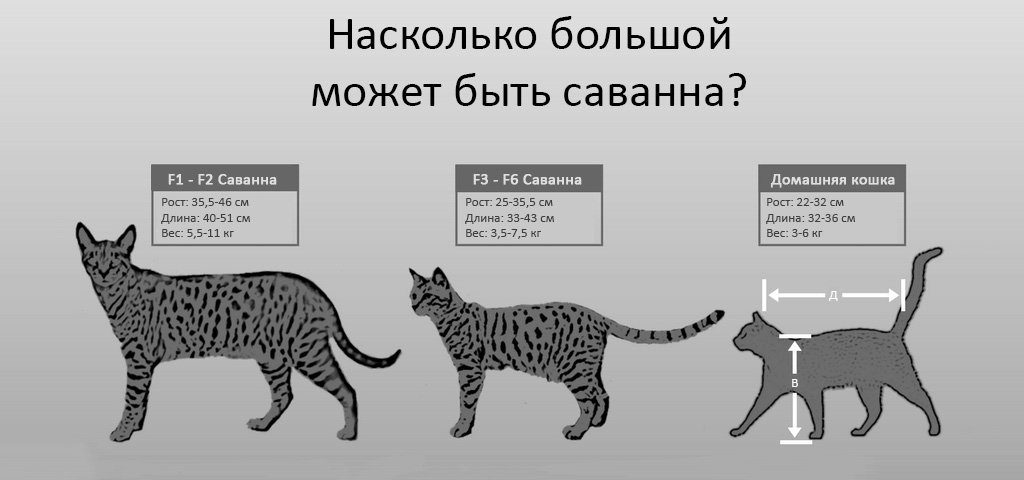
The main disqualifying defects of the breed
Savannahs are more likely to be disqualified for misbehavior than for birth defects. Individuals with color defects, in particular with rosette spots, “medallions” in the chest area and small ears, are subject to mandatory fines. Polydactyls (cats with additional toes on their paws), animals that try to bite a person approaching them, or, conversely, are too cowardly and do not make contact with the savannah, are completely disqualified.
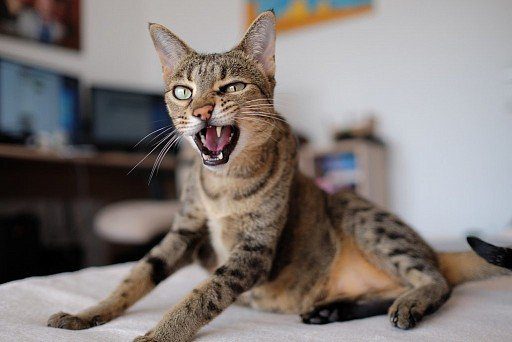

The nature of the Savannah / Ashera cat
According to the PR people at Lifestyle Pets, the genes for the aggressive African serval in the Usher never wake up. However, such statements are more beautiful advertising than reality. Of course, representatives of this breed are quite friendly pets, but they will never become “sofa cushions”. In addition, they are extremely smart and active, so they are unlikely to suit people who consider the animal as a living interior decoration.
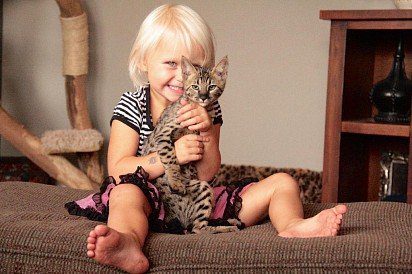
The passion for dominance, inherited from a wild ancestor, is successfully extinguished by castration or sterilization of the pet, after which the character of the animal undergoes significant changes. The cat becomes calmer and more tolerant of external stimuli, although it does not leave its leadership habits to the end. This is especially true for individuals of the first and second generations, so it is better to take F3-F4 hybrids in families with children.
Representatives of the Savannah clan categorically cannot stand loneliness, so do not leave the animal alone for a long time alone with yourself in an empty house. Unless, of course, you are not afraid of the prospect of returning to a ruined dwelling with scratched furniture. Resentment is present in most individuals, so it is worth respecting the savannas.
F1 individuals have a rather negative perception of strangers who set foot on their territory, which is warned by loud aggressive hissing and grumbling. With each subsequent generation of cats, alertness becomes less pronounced, although in general savannahs do not favor strangers. In relations with the owner, the genes of the African serval are not so pronounced, but otherwise the same principle works here as in the case of strangers: in order to be able to caress a pet, you should choose at least an F4 hybrid. Savannahs / Ashers are cats of the same owner. You should not count on the fact that your “home cheetah” will equally love and obey every member of the family. However, he will not fight with them either, rather, he will demonstrate complete indifference.
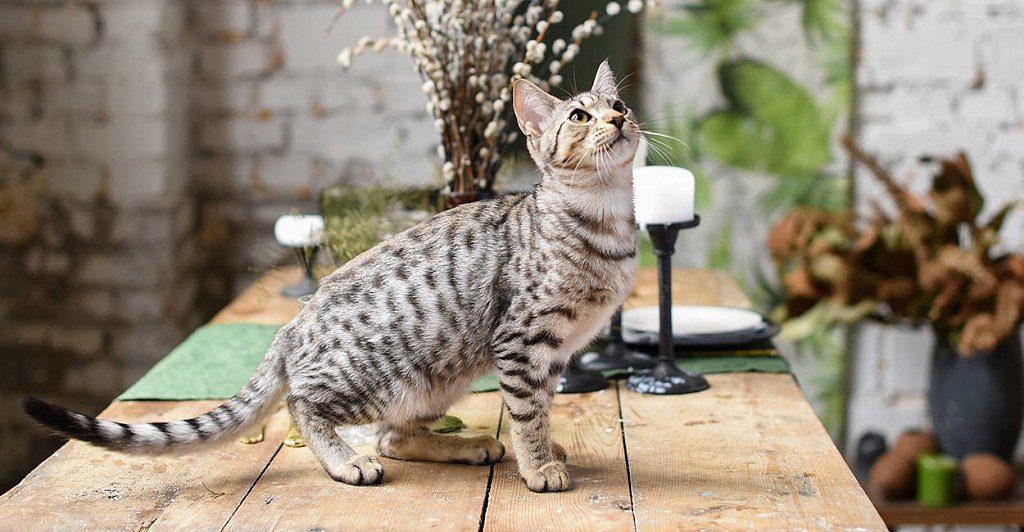
Education and training
Since savannahs are supposed to be walked to maintain health and muscle tone, it is worth accustoming the animal to walking on a leash in advance. F1 hybrids are the most difficult to educate, as they are still half servals. It is better to keep such animals in a country house, in a special aviary. As far as training is concerned, cats of this breed are smart enough to master the techniques intended for dogs. In particular, savannahs love the Fetch! command the most.
Savannahs are born hunters, so they can sometimes hone their tactical skills on the owner. It is better to wean a kitten from this harmful, and also dangerous habit for a person, by regular games in the fresh air and buying toys in the form of mice and other small animals for the pet.
Savannah Care and maintenance
Walking a lot and often, paying maximum attention, putting up with the inevitable destruction in housing and the independence of the pet’s character – this is a short list of rules that the owner of the savannah will have to obey. Since representatives of this breed have extraordinary jumping ability, it is worthwhile to thoroughly think about the interior design of the house, otherwise all vases and figurines will be swept off the shelves every day. In addition, like Maine Coons, Savannahs love to arrange observation platforms for themselves on cabinets and other furniture modules. A similar dependence is treated by buying and spreading an electric rug on surfaces, from which the pet is planned to wean from lying down.
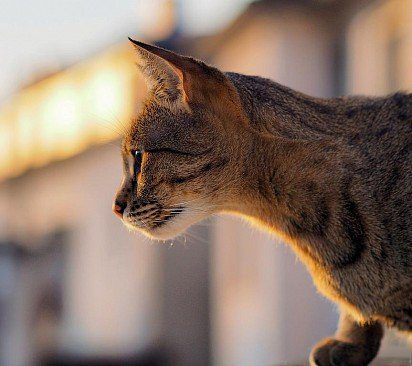
You can’t do without scratching posts in the upbringing of the savanna, but when buying them, you should take into account the dimensions of the animal. Small and flimsy products designed for ordinary cats will not last long. Before you get a cheetah kitten, take care of the right trash cans. They should have tight-fitting lids because Asher Savannahs are very curious and love to check trash cans for feline treasures.
Savannah hair care is minimal. Usually the animal is combed once a week, although it is recommended to do this procedure daily during the molting period. However, some breeders are advised to replace the classic combing by rubbing the pet’s hair with an ordinary wet wipe. The services of a groomer are usually not required for savannahs. Cat’s nails need to be trimmed regularly. Overly wayward individuals undergo laser onychectomy (removal of claws on the front paws). Bathe the animal as needed. By the way, Asher-savannas respect water procedures and enjoy swimming in baths and pools as soon as a suitable opportunity presents itself.
With the toilet, representatives of this breed have no difficulties. For hybrids F4 and F5, characterized by relatively small sizes, a classic tray is suitable, although most individuals easily get used to an outdoor toilet. In addition, savannahs are able to master the intricacies of using the toilet. Accordingly, if you want to save yourself the trouble of cleaning the tray, try to teach your pet this wisdom.
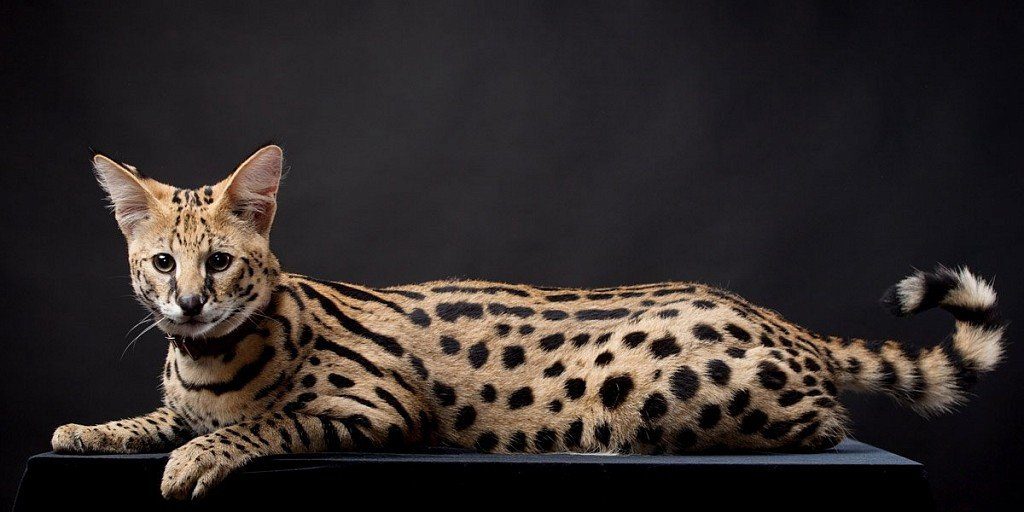
Ashera Feeding
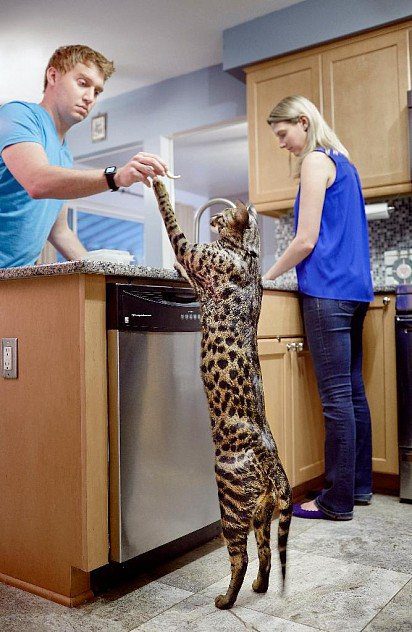
The menu of the savannas should to some extent copy the daily “table” of the serval. The most win-win option is to feed your pet with quality meat (you can raw). Especially savannas are recommended lean meat, in particular, rabbit meat, veal and chicken. Fish, unless it’s tuna or salmon, is best avoided altogether, as is milk. Experienced breeders claim that the animal will have a hard time on one “natural”, so it’s worth picking up a vitamin complex from the veterinarian in advance, which includes taurine, which helps to normalize the cat’s cardiac activity. Feeding “drying” also takes place, but it should be noted that these should be premium varieties of feed containing a minimum percentage of cereals.
knitting
All male savannahs from generation F1 to F4 are sterile. However, such individuals are subject to castration.
F5 males are fertile and can be bred with other domestic cats. In particular, breeders allow the possibility of mating the fifth generation Savannah with such breeds as the Bengal cat, Ocicat, Egyptian Mau, as well as ordinary outbred cats.
Individuals that have reached the age of 1.5-2 years are considered sexually mature and capable of producing healthy offspring.
Savannah/Ashera Health and Disease
Despite their “artificiality”, representatives of the Savannah / Asher family have excellent health and are able to live up to 20 years. The few birth defects seen in kittens of this breed include: polydactyly, hydrocephalus, dwarfism and cleft palate. In some cases, animals may be susceptible to bacterial, viral or fungal infections. To understand that the cat is sick, you can by deviations in behavior. Lethargy, heavy shedding, decreased appetite, vomiting and too frequent urination signal that the pet’s body has failed.
How to choose an Ashera kitten
As with other purebred kittens, before buying a Savannah / Asher, it is worth thoroughly researching catteries that sell “domestic cheetahs”. Information about the vaccinations received by the kitten, living conditions, pedigree – all these items are included in the mandatory program for checking the establishment.
The behavior of the animal should be friendly and adequate, so it is better to immediately refuse hissing and scratching kittens, unless your plans include buying F1 individuals, for whom such a manifestation of emotions is the norm. Most catteries start selling 3-4 month old kittens who already know how to use the litter box and have received the necessary “package” of vaccinations. Be sure to test the animal for latent infections.
Photo of savannah kittens
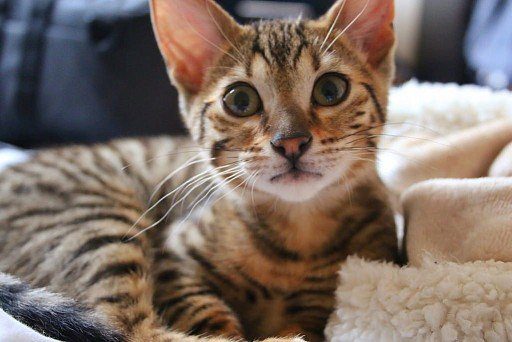
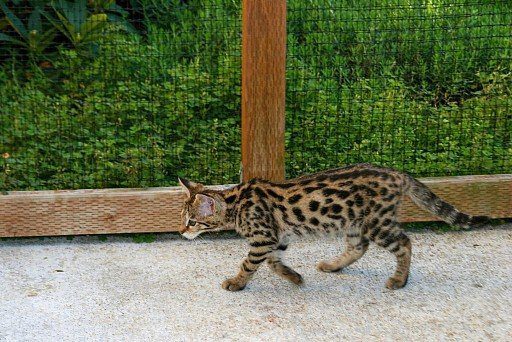
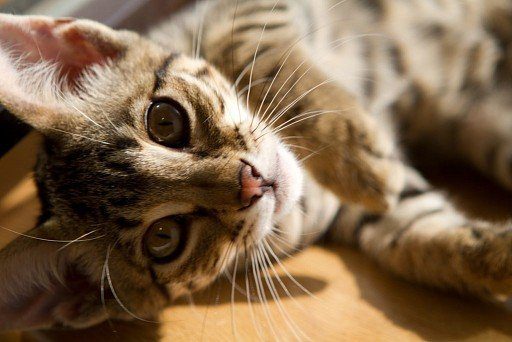
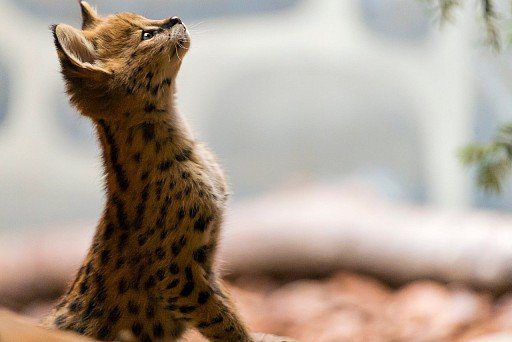
How much does savannah (Ashera) cost
In the first months after the announcement of the breed, businessmen from Lifestyle Pets managed to sell Usher for 3000 – 3500$ dollars per individual, which at that time was an exorbitant amount. Moreover, in order to get a VIP pet, you had to literally take a queue. After Simon Brody’s scam came to light and the Ashers “transformed” into savannahs, their price dropped slightly, but not so much that cats began to buy everything in a row. To date, you can buy a Savannah / Ashera kitten for 9000$ – 15000$. The most expensive are F1 hybrids, which are distinguished by impressive dimensions and have a bright “wild” appearance. In the fifth generation of animals, the highest price tag is set for males, which is due to their ability to reproduce offspring.



